Instruction
Fitness: 5 Steps To Perfect Setup Posture
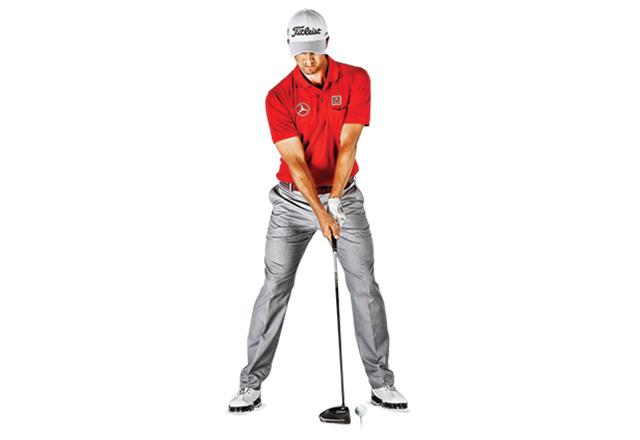
In previous articles on GolfWRX, I have talked at length about the importance of great posture at setup in the golf swing. But up until now, the method for actually training the perfect setup hasn’t been properly explained. This article aims to break down the process into five simple steps and give you an easy-to-follow guide to train your setup posture.
No. 1: Establish Neutral Spine
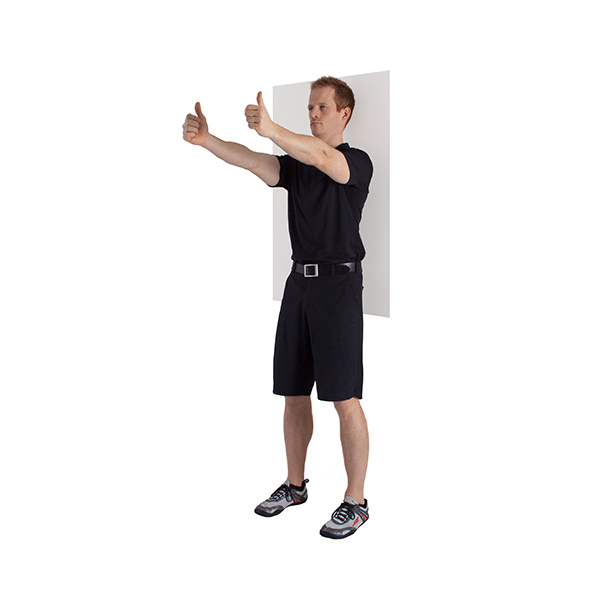
Standing with your back up against a piece of flat wall, place your feet hip width apart and the heels about 6 inches from the wall. Connect your backside, upper back and back of your head to the wall, aiming to get even pressure in all three body parts.
Mobility restrictions or fixed postural issues might stop you feeling even pressure or getting the three body parts on the wall at the same time. If this is the case, try moving your feet farther away from the wall.
No. 2: Stand Tall, Narrow the Waist
The key thought here is to feel the top of your skull moving upward and drawing your spine “up and out” of the pelvis. You are, of course, not literally going to grow 6 inches taller, but this feeling will help to stack your vertebrae correctly and activate key spinal stabilizer muscles.
Narrowing the waist is the cue to help activate your deep core muscles. Imagine you have a very tight piece of string around your abdomen, the same height as your belly button. Now try to loosen the string off by narrowing your waist, but make sure to keep breathing normally. If you are finding breathing difficult, then there is too much bracing going on. Relax a little!
Once you are confident that you’re standing tall and have a narrowed waist, move off the wall and walk around for a while to practice holding the posture without the help from the wall.
No. 3: Activate Your Hip Stabilizers
You’ll need a micro-power band or piece of rubber tubing for this. Place the band around your knees, either above or below the knee cap, whichever feels more comfortable. Now take a small squat posture, feet about hip width apart, while maintaining the feeling of standing tall and narrowing your waist.
From here, take small, deliberate steps to the right for 10 meters (30 feet) and repeat to the left for 10 meters. Now try doing the same walking forward for 10 meters and backward (the reverse movement) for 10 meters. The more deliberate and “stomp like” your steps are, the better muscle activation you will get in the glute complex that helps stabilize your hips and pelvis.
The next level is moving the band to the ankle and speeding up the deliberate, stomping steps.
To access the best equipment for these exercises, check out Golf Fit Pro.
No. 4: Active Your Scapulae (shoulder blades) and Shoulder Stabilizers
For this drill, you would ideally use a 2XU Ramsay Posture Belt, but if you don’t have one then a piece of tubing will suffice in the short term.
Using the front band of the posture belt or piece of tubing, assume the correct arm position by taking an overhand grip, tucking the elbows into the side and spreading the hands outwards and upwards.This will take the shoulder into external rotation and help to set the scapulae (shoulder blades) in a position where they are hugged into the rib cage.
Now “pulse” the band by making very small outward circles with your hands. This will help to activate the key muscles surrounding the scapula and back of the shoulder. Again, the faster and more deliberate you make the movement, the better muscle activation you will get.
No. 5: Hinge Forward Into an Athletic Set Up
So far, we have established a neutral spine and activated the key muscles in the hips, core and shoulders. Now it’s time to apply to this to our golf set up.
With neutral spine established and waist narrowed, simply hinge forward from the hips into a setup position. Your feet should be around hip width apart, turned out slightly with a slight flex in the knee. Your waist will be narrowed and your shoulders set into external rotation with scapulas hugged into the ribcage.
From there simply let the arms hang down and take your grip on the club. This is your brand new athletic set up posture!
Like anything, posture has to be trained before it’s ingrained! I recommend repeating this process several times a day, especially around the time you are practicing. The more often you practice these key steps for set up, the less you will have to think about it on course.
For exercise guides and programs, check out the Golf Fit Pro app for iOS and Android.
Special thanks to Ramsay McMaster and Caroline Richardson of Gravity Fit for their contributions in teaching me how to effectively train posture.
- LIKE74
- LEGIT12
- WOW6
- LOL11
- IDHT4
- FLOP11
- OB8
- SHANK71
Instruction
The Wedge Guy: The easiest-to-learn golf basic

My golf learning began with this simple fact – if you don’t have a fundamentally sound hold on the golf club, it is practically impossible for your body to execute a fundamentally sound golf swing. I’m still a big believer that the golf swing is much easier to execute if you begin with the proper hold on the club.
As you might imagine, I come into contact with hundreds of golfers of all skill levels. And it is very rare to see a good player with a bad hold on the golf club. There are some exceptions, for sure, but they are very few and very far between, and they typically have beat so many balls with their poor grip that they’ve found a way to work around it.
The reality of biophysics is that the body moves only in certain ways – and the particulars of the way you hold the golf club can totally prevent a sound swing motion that allows the club to release properly through the impact zone. The wonderful thing is that anyone can learn how to put a fundamentally sound hold on the golf club, and you can practice it anywhere your hands are not otherwise engaged, like watching TV or just sitting and relaxing.
Whether you prefer an overlap, interlock or full-finger (not baseball!) grip on the club, the same fundamentals apply. Here are the major grip faults I see most often, in the order of the frequency:
Mis-aligned hands
By this I mean that the palms of the two hands are not parallel to each other. Too many golfers have a weak left hand and strong right, or vice versa. The easiest way to learn how to hold the club with your palms aligned properly is to grip a plain wooden ruler or yardstick. It forces the hands to align properly and shows you how that feels. If you grip and re-grip a yardstick several times, then grip a club, you’ll see that the learning curve is almost immediate.
The position of the grip in the upper/left hand
I also observe many golfers who have the butt of the grip too far into the heel pad of the upper hand (the left hand for right-handed players). It’s amazing how much easier it is to release the club through the ball if even 1/4-1/2″ of the butt is beyond the left heel pad. Try this yourself to see what I mean. Swing the club freely with just your left hand and notice the difference in its release from when you hold it at the end of the grip, versus gripping down even a half inch.
To help you really understand how this works, go to the range and hit shots with your five-iron gripped down a full inch to make the club the same length as your seven-iron. You will probably see an amazing shot shape difference, and likely not see as much distance loss as you would expect.
Too much lower (right) hand on the club
It seems like almost all golfers of 8-10 handicap or higher have the club too far into the palm of the lower hand, because that feels “good” if you are trying to control the path of the clubhead to the ball. But the golf swing is not an effort to hit at the ball – it is a swing of the club. The proper hold on the club has the grip underneath the pad at the base of the fingers. This will likely feel “weak” to you — like you cannot control the club like that. EXACTLY. You should not be trying to control the club with your lower/master hand.
Gripping too tightly
Nearly all golfers hold the club too tightly, which tenses up the forearms and prevents a proper release of the club through impact. In order for the club to move back and through properly, you must feel that the club is controlled by the last three fingers of the upper hand, and the middle two fingers of the lower hand. If you engage your thumbs and forefingers in “holding” the club, the result will almost always be a grip that is too tight. Try this for yourself. Hold the club in your upper hand only, and squeeze firmly with just the last three fingers, with the forefinger and thumb off the club entirely. You have good control, but your forearms are not tense. Then begin to squeeze down with your thumb and forefinger and observe the tensing of the entire forearm. This is the way we are made, so the key to preventing tenseness in the arms is to hold the club very lightly with the “pinchers” — the thumbs and forefingers.
So, those are what I believe are the four fundamentals of a good grip. Anyone can learn them in their home or office very quickly. There is no easier way to improve your ball striking consistency and add distance than giving more attention to the way you hold the golf club.
More from the Wedge Guy
- The Wedge Guy: Golf mastery begins with your wedge game
- The Wedge Guy: Why golf is 20 times harder than brain surgery
- The Wedge Guy: Musings on the golf ball rollback
- LIKE84
- LEGIT13
- WOW5
- LOL1
- IDHT0
- FLOP4
- OB1
- SHANK8
Instruction
Clement: Stop ripping off your swing with this drill!

Not the dreaded headcover under the armpit drill! As if your body is defective and can’t function by itself! Have you seen how incredible the human machine is with all the incredible feats of agility all kinds of athletes are accomplishing? You think your body is so defective (the good Lord is laughing his head off at you) that it needs a headcover tucked under the armpit so you can swing like T-Rex?
- LIKE0
- LEGIT2
- WOW2
- LOL0
- IDHT0
- FLOP0
- OB0
- SHANK2
Instruction
How a towel can fix your golf swing

This is a classic drill that has been used for decades. However, the world of marketed training aids has grown so much during that time that this simple practice has been virtually forgotten. Because why teach people how to play golf using everyday items when you can create and sell a product that reinforces the same thing? Nevertheless, I am here to give you helpful advice without running to the nearest Edwin Watts or adding something to your Amazon cart.
For the “scoring clubs,” having a solid connection between the arms and body during the swing, especially through impact, is paramount to creating long-lasting consistency. And keeping that connection throughout the swing helps rotate the shoulders more to generate more power to help you hit it farther. So, how does this drill work, and what will your game benefit from it? Well, let’s get into it.
Setup
You can use this for basic chip shots up to complete swings. I use this with every club in my bag, up to a 9 or 8-iron. It’s natural to create incrementally more separation between the arms and body as you progress up the set. So doing this with a high iron or a wood is not recommended.
While you set up to hit a ball, simply tuck the towel underneath both armpits. The length of the towel will determine how tight it will be across your chest but don’t make it so loose that it gets in the way of your vision. After both sides are tucked, make some focused swings, keeping both arms firmly connected to the body during the backswing and follow through. (Note: It’s normal to lose connection on your lead arm during your finishing pose.) When you’re ready, put a ball in the way of those swings and get to work.

Get a Better Shoulder Turn
Many of us struggle to have proper shoulder rotation in our golf swing, especially during long layoffs. Making a swing that is all arms and no shoulders is a surefire way to have less control with wedges and less distance with full swings. Notice how I can get in a similar-looking position in both 60° wedge photos. However, one is weak and uncontrollable, while the other is strong and connected. One allows me to use my larger muscles to create my swing, and one doesn’t. The follow-through is another critical point where having a good connection, as well as solid shoulder rotation, is a must. This drill is great for those who tend to have a “chicken wing” form in their lead arm, which happens when it becomes separated from the body through impact.
In full swings, getting your shoulders to rotate in your golf swing is a great way to reinforce proper weight distribution. If your swing is all arms, it’s much harder to get your weight to naturally shift to the inside part of your trail foot in the backswing. Sure, you could make the mistake of “sliding” to get weight on your back foot, but that doesn’t fix the issue. You must turn into your trial leg to generate power. Additionally, look at the difference in separation between my hands and my head in the 8-iron examples. The green picture has more separation and has my hands lower. This will help me lessen my angle of attack and make it easier to hit the inside part of the golf ball, rather than the over-the-top move that the other picture produces.


Stay Better Connected in the Backswing
When you don’t keep everything in your upper body working as one, getting to a good spot at the top of your swing is very hard to do. It would take impeccable timing along with great hand-eye coordination to hit quality shots with any sort of regularity if the arms are working separately from the body.
Notice in the red pictures of both my 60-degree wedge and 8-iron how high my hands are and the fact you can clearly see my shoulder through the gap in my arms. That has happened because the right arm, just above my elbow, has become totally disconnected from my body. That separation causes me to lift my hands as well as lose some of the extension in my left arm. This has been corrected in the green pictures by using this drill to reinforce that connection. It will also make you focus on keeping the lead arm close to your body as well. Because the moment either one loses that relationship, the towel falls.


Conclusion
I have been diligent this year in finding a few drills that target some of the issues that plague my golf game; either by simply forgetting fundamental things or by coming to terms with the faults that have bitten me my whole career. I have found that having a few drills to fall back on to reinforce certain feelings helps me find my game a little easier, and the “towel drill” is most definitely one of them.
- LIKE12
- LEGIT2
- WOW2
- LOL0
- IDHT0
- FLOP2
- OB0
- SHANK8
-

 19th Hole6 days ago
19th Hole6 days agoDave Portnoy places monstrous outright bet for the 2024 Masters
-

 19th Hole2 weeks ago
19th Hole2 weeks agoThings got heated at the Houston Open between Tony Finau and Alejandro Tosti. Here’s why
-

 19th Hole7 days ago
19th Hole7 days agoTiger Woods arrives at 2024 Masters equipped with a putter that may surprise you
-

 19th Hole2 weeks ago
19th Hole2 weeks agoReport: Tiger Woods has ‘eliminated sex’ in preparation for the 2024 Masters
-

 19th Hole1 day ago
19th Hole1 day agoTwo star names reportedly blanked Jon Rahm all week at the Masters
-

 19th Hole2 weeks ago
19th Hole2 weeks agoAddiction, spinal fusion, and scam artists – Everything Anthony Kim revealed in candid interview with David Feherty
-

 19th Hole2 weeks ago
19th Hole2 weeks agoAnthony Kim says doctors told him that he ‘may not have much time left’ ahead of LIV return
-
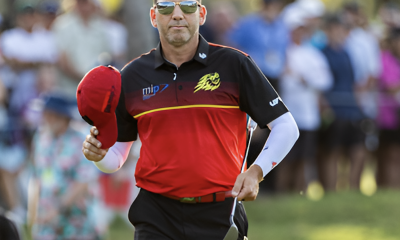
 19th Hole1 week ago
19th Hole1 week agoBrooks Koepka and Sergio Garcia make significant equipment changes as 2024 Masters looms

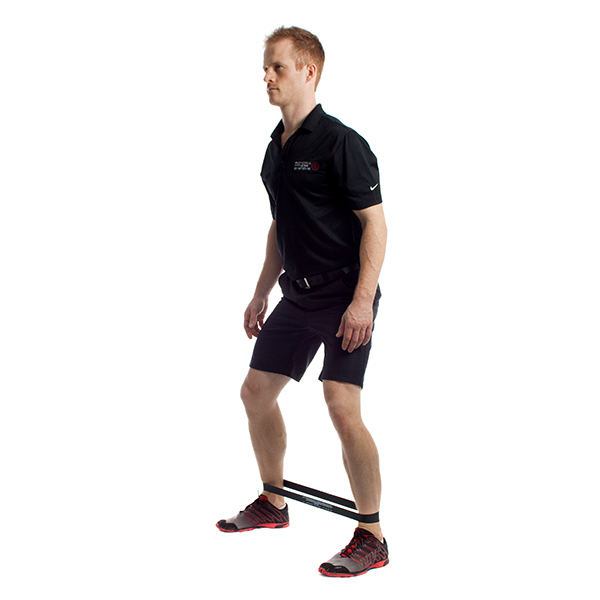

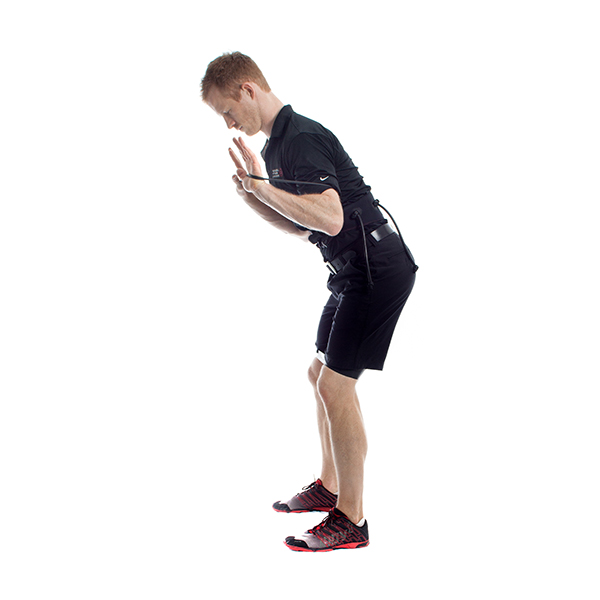



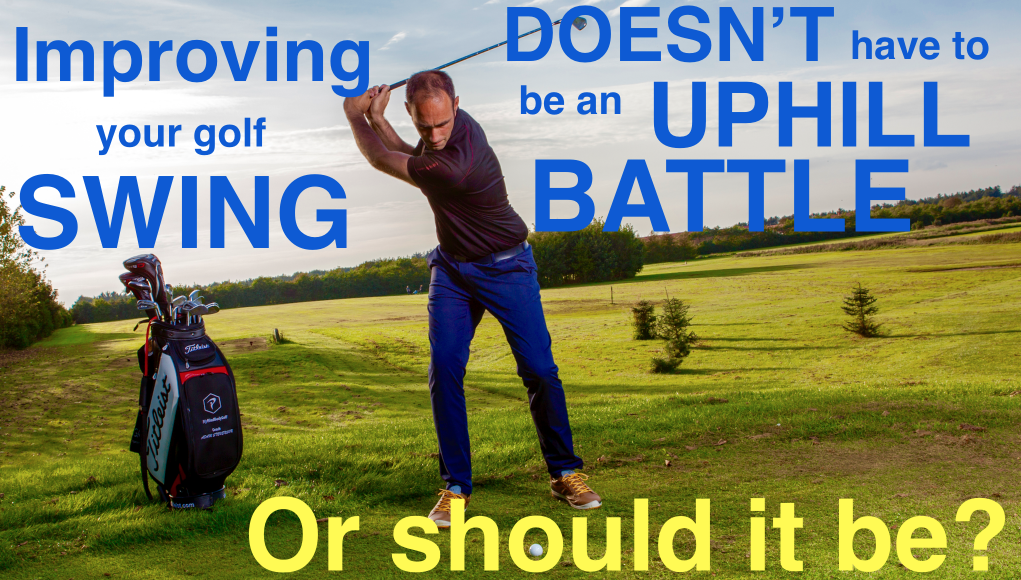
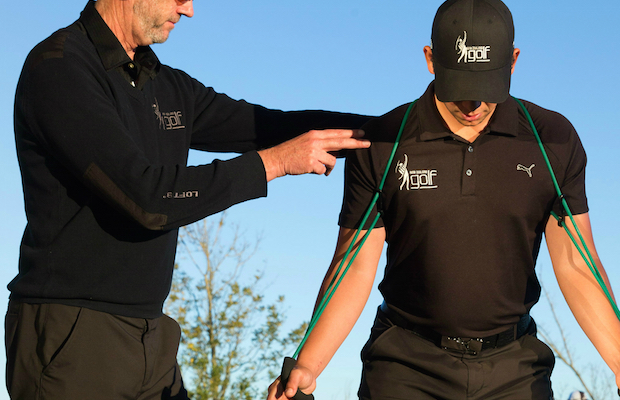
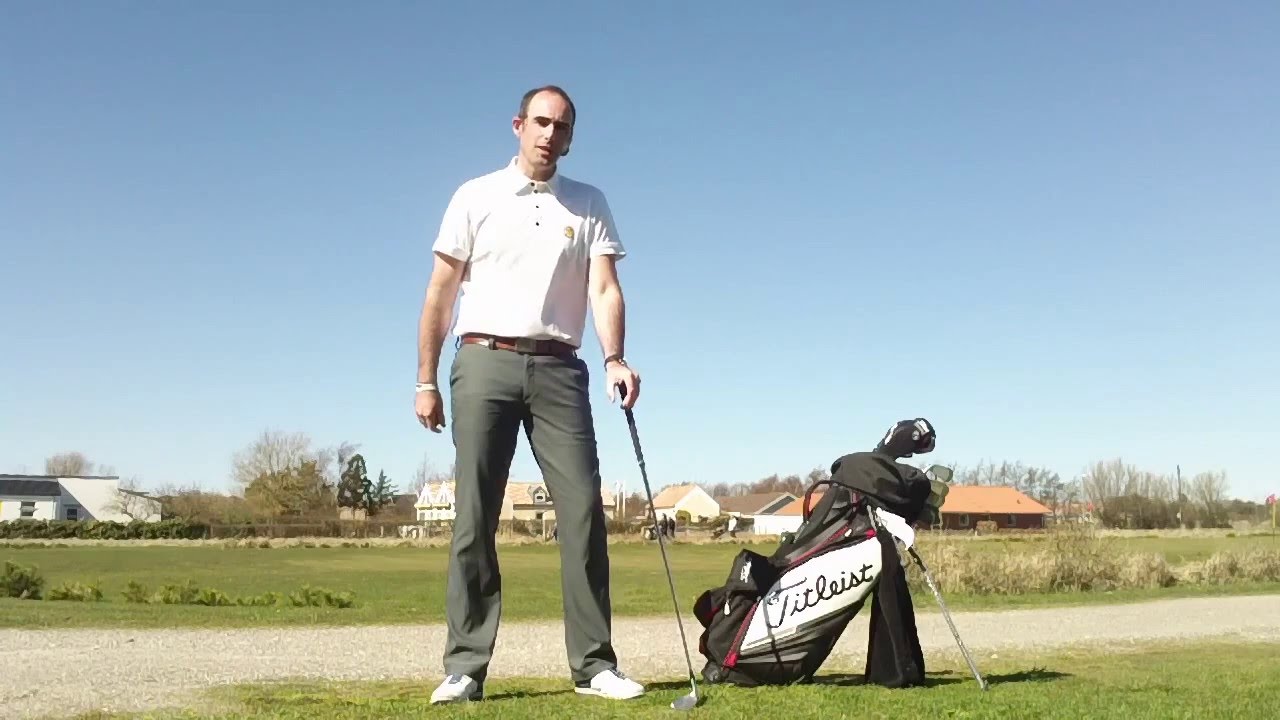
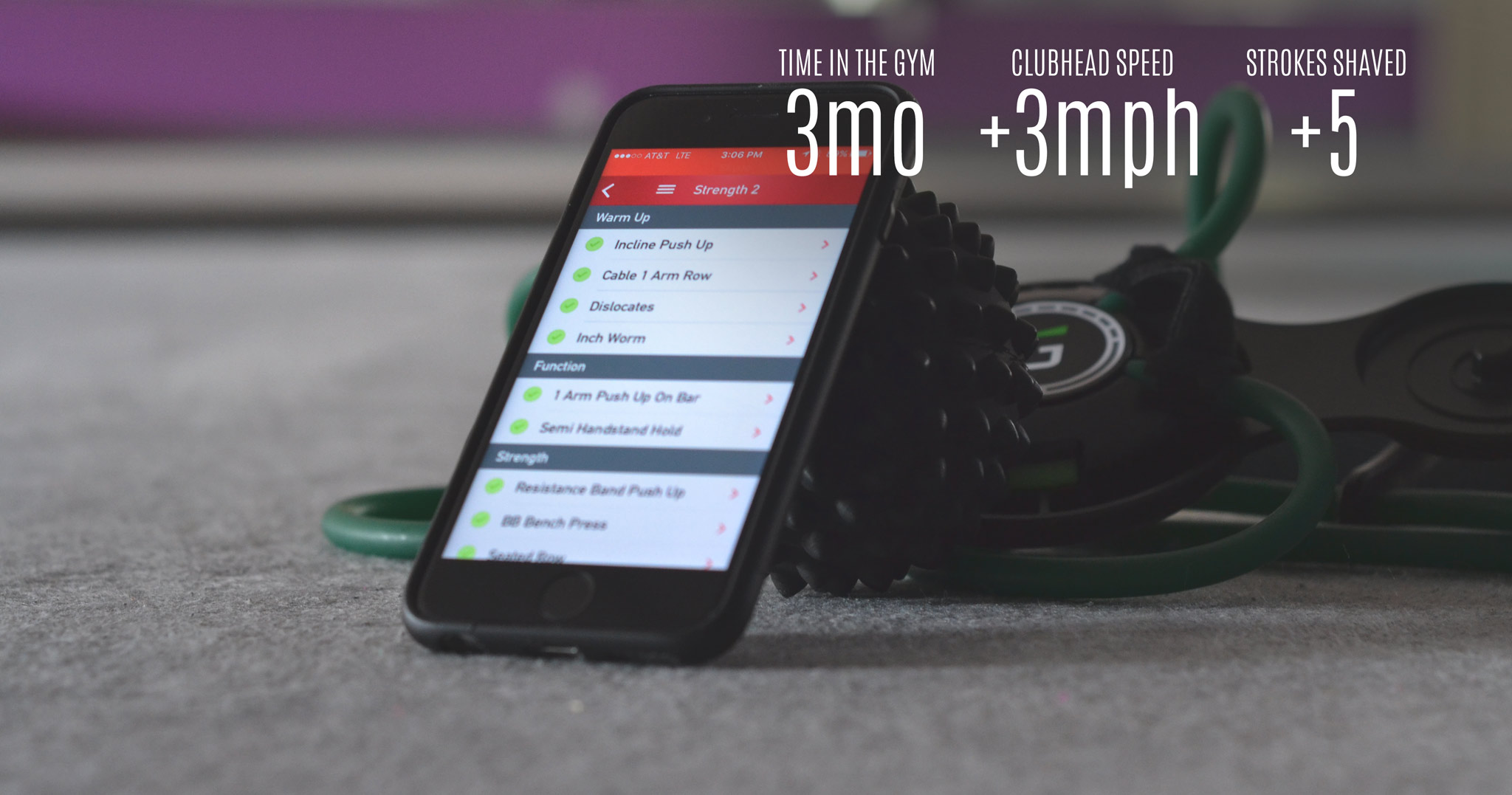
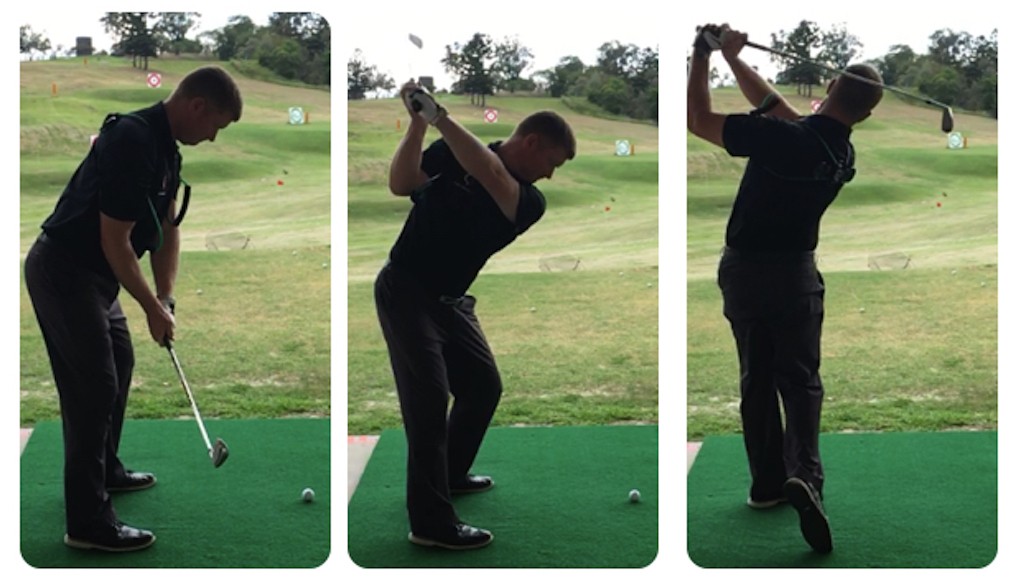















Ol deadeye
Apr 23, 2015 at 9:21 am
I rated this a shank. This falls right in with Tiger’s “my gluts did not fire”. I think golf should be played with relaxed muscles. A partial sitting motion as on one of those one legged spectator seats will put you in the correct posture. DO NOT bend from the waist as so many golf instructions state. The partial sit is a strong athletic position. Try it
TR1PTIK
Apr 23, 2015 at 11:21 am
Where do you think you’re bending from when you sit? Lol. No reason to be critical of the author just because you’re stuck in yesteryear. The article was written in a way that younger, more athletic golfers will understand and accept.
Philip
Apr 23, 2015 at 5:58 pm
I think it is just a matter of visualization and being aware of what works for each of us. I can never get comfortable on bar stools – I prefer to stand. Either concepts : bar stool or bending at the waist are both the kiss of death for my posture. I must “feel” like I’m standing to get into “my” proper posture, otherwise I am bending/sitting too much.
jc
Apr 22, 2015 at 2:26 pm
it might take some doing to pull that wall around the course and have those bands on my feet and wrists…I pity the guys behind me..
Double Mocha Man
Apr 22, 2015 at 11:11 am
We could all use some “narrowing” of the waist.
TR1PTIK
Apr 22, 2015 at 9:19 am
Great article! I look forward to working on this – been looking for something to help me develop a solid and consistent setup posture!